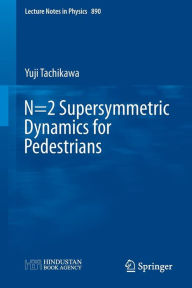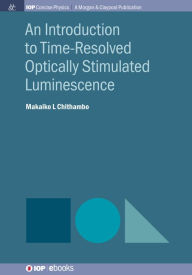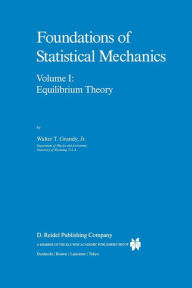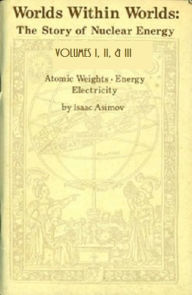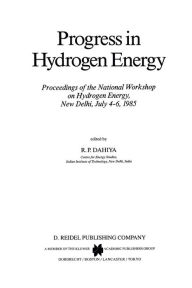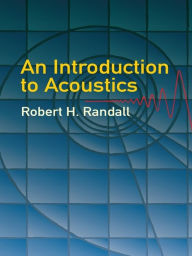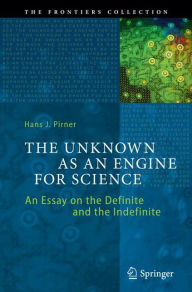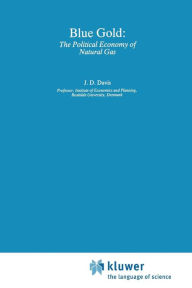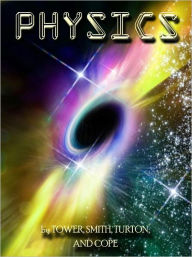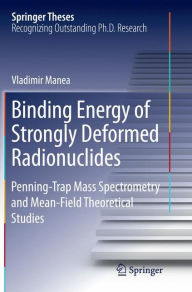
- Browse Category
Subjects
 We Begin at the EndLearn More
We Begin at the EndLearn More - Choice Picks
- Top 100 Free Books
- Blog
- Recently Added
- Submit your eBook
password reset instructions

Distinguishing chaoticity from regularity in deterministic dynamical systems and specifying the subspace of the phase space in which instabilities are expected to occur is of utmost importance in as disparate areas as astronomy, particle physics and climate dynamics.
To address these issues there exists a plethora of methods for chaos detection and predictability. The most commonly employed technique for investigating chaotic dynamics, i.e. the computation of Lyapunov exponents, however, may suffer a number of problems and drawbacks, for example when applied to noisy experimental data.
In the last two decades, several novel methods have been developed for the fast and reliable determination of the regular or chaotic nature of orbits, aimed at overcoming the shortcomings of more traditional techniques. This set of lecture notes and tutorial reviews serves as an introduction to and overview of modern chaos detection and predictability techniques for graduate students and non-specialists.
The book covers theoretical and computational aspects of traditional methods to calculate Lyapunov exponents, as well as of modern techniques like the Fast (FLI), the Orthogonal (OFLI) and the Relative (RLI) Lyapunov Indicators, the Mean Exponential Growth factor of Nearby Orbits (MEGNO), the Smaller (SALI) and the Generalized (GALI) Alignment Index and the ‘0-1’ test for chaos.
Less- Publication date
- Language
- ISBN
- March 18, 2016
- English
- 4ffde542-450c-4802-9d49-edb38207c447


